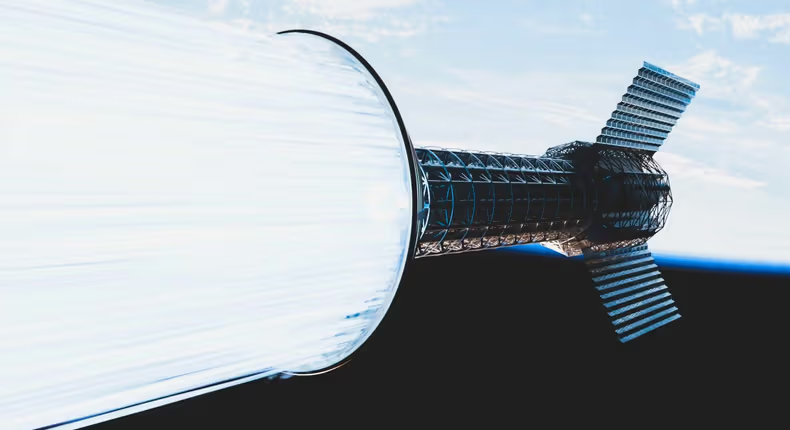This Radical Mars Rocket Could Revolutionize Space Travel

NASA has invested $725,000 in a new rocket system to address one of the major challenges of sending humans to Mars: travel time.
Currently, a round-trip to Mars takes nearly two years, posing significant health risks for astronauts, including exposure to high levels of solar and cosmic radiation, zero gravity effects, and prolonged isolation. Space radiation is particularly concerning, as six months in space exposes astronauts to the equivalent of 1,000 chest X-rays, increasing the risk of cancer, nervous system damage, bone loss, and heart disease.
To shorten the trip, NASA is collaborating with Howe Industries to develop the Pulsed Plasma Rocket (PPR), a propulsion system using pulses of superheated plasma to generate efficient thrust. Funded by the NASA Innovative Advanced Concepts (NIAC) Program, the PPR is in phase two of development, focusing on optimizing engine design, conducting proof-of-concept experiments, and designing a PPR-powered, shielded spaceship for Mars missions.
The PPR’s significant advantage is its ability to make a spacecraft travel extremely fast, with both high thrust and high specific impulse. It generates 10,000 newtons of thrust with a specific impulse of 5,000 seconds, enabling a spacecraft to travel approximately 100,000 miles per hour.
While it will likely take a couple of decades before the PPR is ready for spaceflight, once available, it will significantly expand the range of human space exploration.